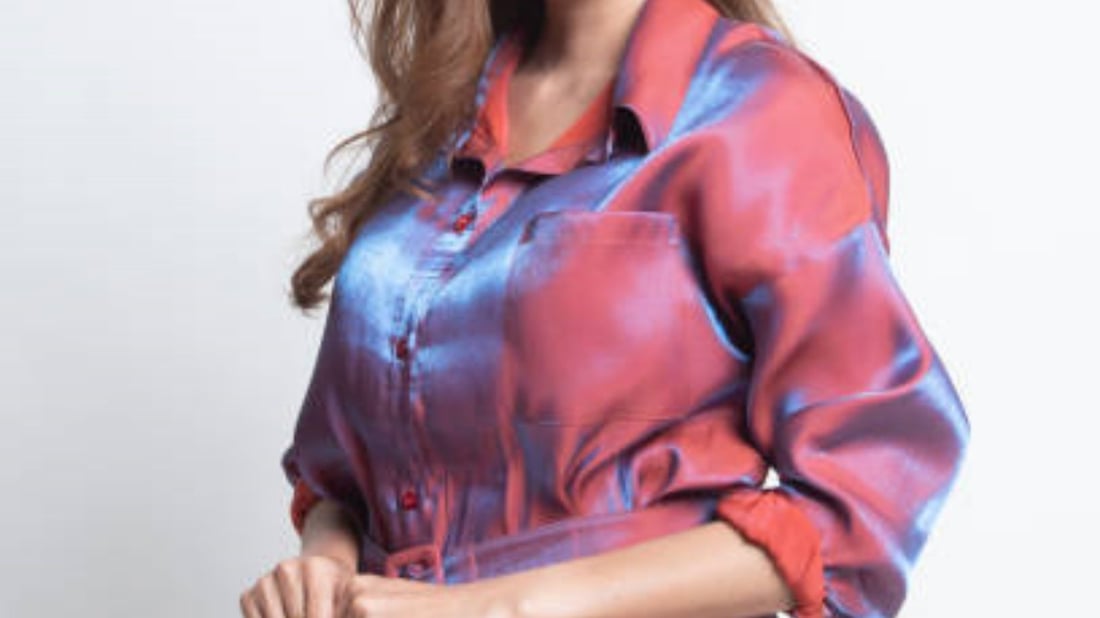Understanding the Differences between Men's and Women's Shirts
When it comes to clothing, it's important to understand the differences between men's and women's apparel. One common question that arises is how to determine if a shirt is specifically designed for women. In this article, we will explore various aspects that can help you identify whether a shirt is intended for women or not.
1. Sizing and Fit between Men's and Women's Shirts
One of the easiest ways to determine if a shirt is for women is by considering the sizing and fit. Women's shirts are typically designed with a more tailored and feminine shape, while men's shirts tend to have a boxier and broader fit. Women's shirt sizes are also generally smaller than men's, so if you come across a shirt labeled with smaller sizes, it is likely intended for women.
2. Button Placement between Men's and Women's Shirts
Another clue to look for is the placement of buttons. Women's shirts often have buttons placed on the left side, while men's shirts have them on the right. This difference in button placement has historical origins and can still be observed in modern clothing. So, if you notice the buttons on the left side, there's a good chance it's a women's shirt.
3. Neckline and Collar Style
The neckline and collar style can also provide hints about the intended gender of a shirt. Women's shirts typically feature more varied and decorative necklines, such as scoop necks, V-necks, or boat necks. On the other hand, men's shirts usually have a simple round neck or a collared design. Pay attention to these details to determine if the shirt is designed for women.
4. Sleeve Length between Men's and Women's Shirts
Sleeve length can be another indicator of whether a shirt is designed for women or men. Women's shirts often feature shorter sleeves, such as cap sleeves or three-quarter sleeves, to accentuate the arms. Men's shirts, on the other hand, typically have longer sleeves that reach the wrist. Take note of the sleeve length when trying to identify the intended gender of a shirt.
5. Fabric and Patterns
The choice of fabric and patterns can also provide clues about the intended gender of a shirt. Women's shirts often feature softer and lighter fabrics, such as silk or chiffon, while men's shirts are commonly made of sturdier materials like cotton or denim. Additionally, women's shirts tend to have more intricate patterns, florals, or feminine motifs, whereas men's shirts usually have simpler designs or solid colors.
6. Darts and Tailoring between Men's and Women's Shirts
Pay attention to the presence of darts and tailoring in the shirt. Darts are small tucks or folds in the fabric that are used to create a more fitted shape. Women's shirts frequently incorporate darts to enhance the silhouette and provide a tailored look. Men's shirts, on the other hand, typically lack these darts and have a looser fit overall.
7. Branding and Marketing
Branding and marketing can also be indicative of the intended gender for a shirt. Some brands specifically design and market their shirts for either men or women. Look for cues such as models or advertising campaigns targeted towards a specific gender. Additionally, the presence of gender-specific branding or labeling can also help you determine if a shirt is for women.
8. Overall Style and Design between Men's and Women's Shirts
The overall style and design of a shirt can often reveal its intended gender. Women's shirts tend to have more feminine details, such as ruffles, lace, or decorative buttons. They may also be more form-fitting or have a cinched waistline. Men's shirts, on the other hand, usually have a more straightforward and minimalist design. Consider the overall aesthetic to determine if the shirt aligns with women's fashion trends.
9. Size and Placement of Pockets between Men's and Women's Shirts
Take note of the size and placement of pockets on the shirt. Women's shirts often have smaller or no pockets, while men's shirts tend to have larger and more functional pockets. This difference in pocket design is influenced by the differing needs and preferences of each gender. Analyzing the pockets can provide valuable insights into the intended gender of the shirt.
10. Consider the Source
Lastly, when in doubt, consider the source or the context in which the shirt is being sold. If the shirt is displayed in a section dedicated to women's clothing or marketed as part of a women's collection, it is highly likely that it is intended for women. Similarly, if the shirt is sold in a men's clothing section or associated with men's fashion, it is more likely to be a men's shirt.
By paying attention to these various aspects, such as sizing, button placement, neckline, sleeve length, fabric, tailoring, branding, overall style, pocket design, and considering the context, you can become more adept at identifying whether a shirt is specifically designed for women or not. Remember, fashion is ever-evolving, and while some shirts may blur traditional gender lines, these guidelines can serve as a useful starting point.

